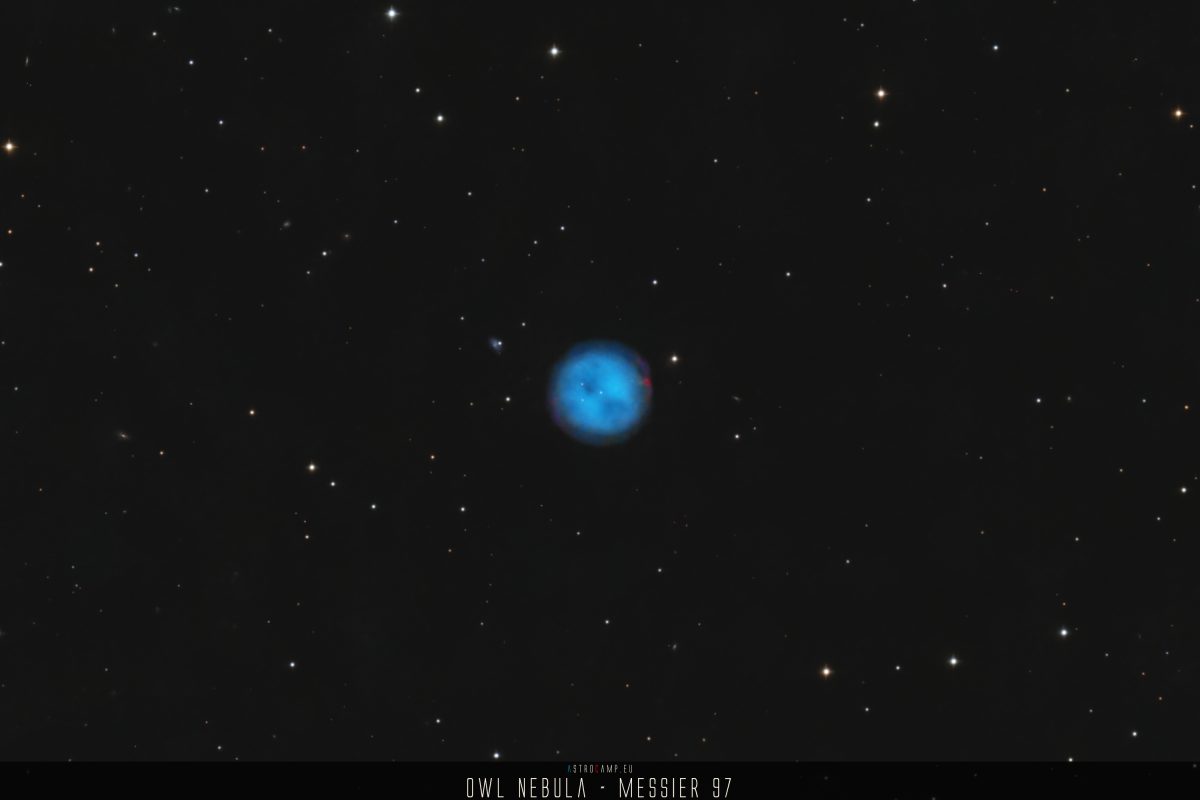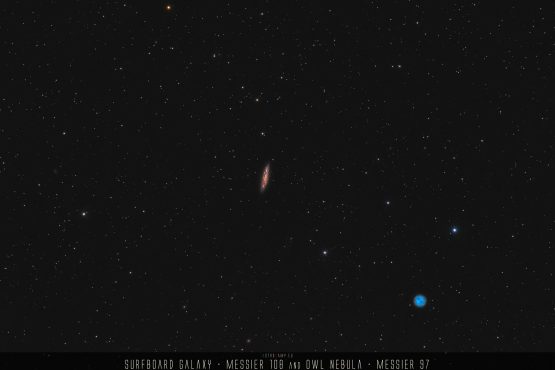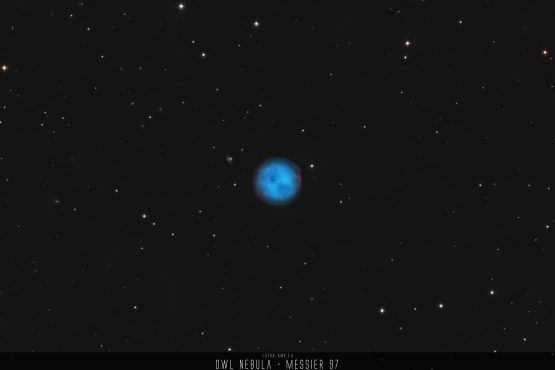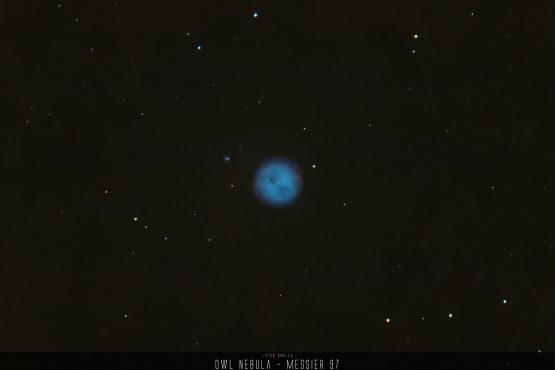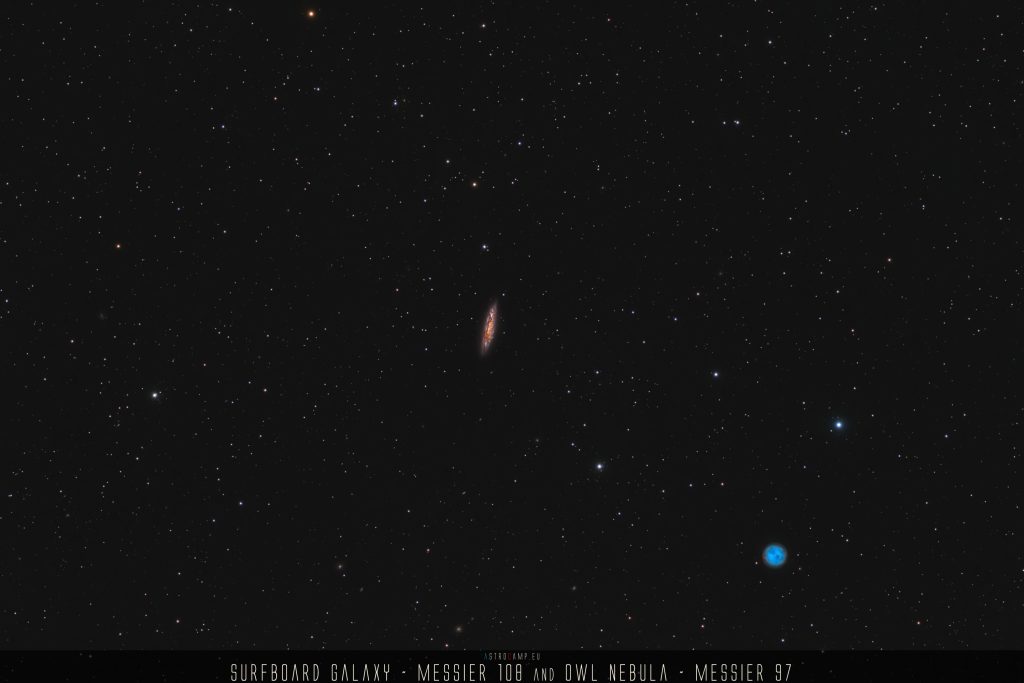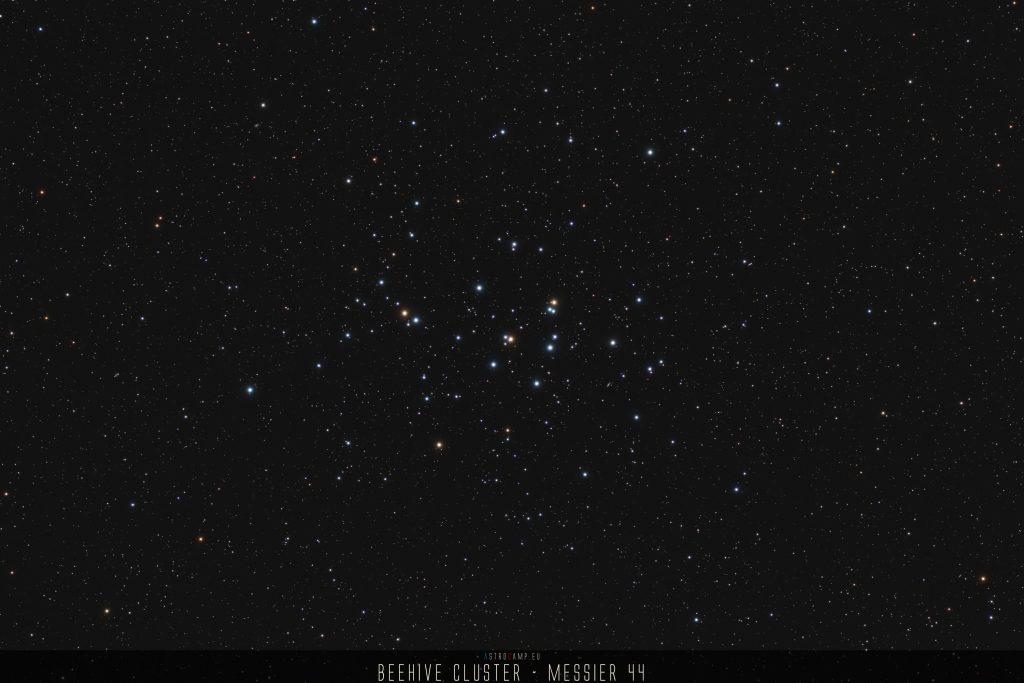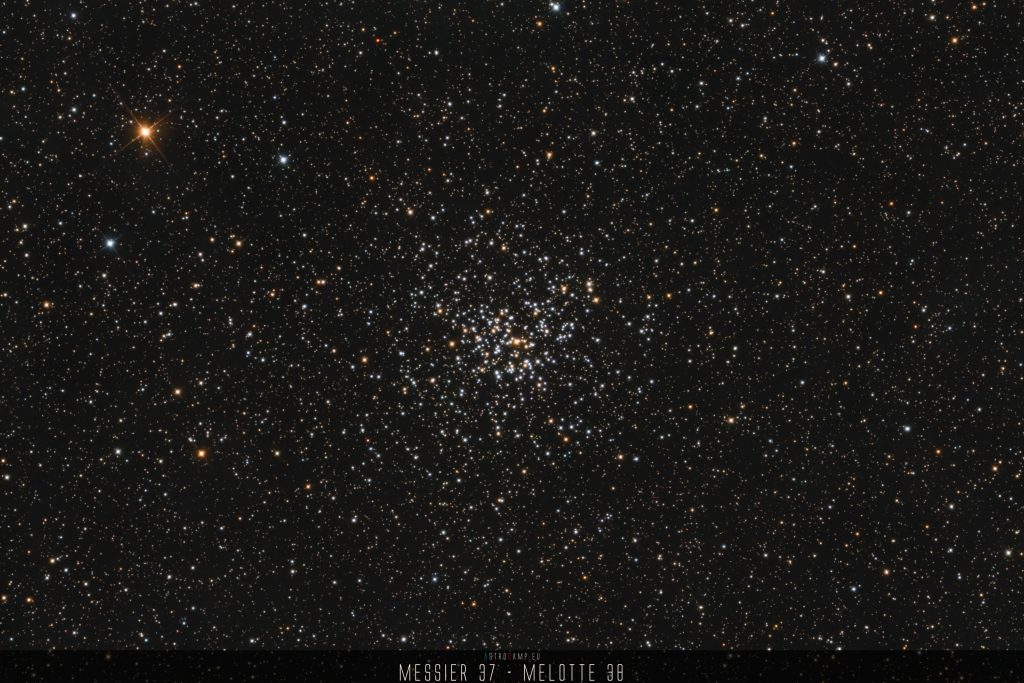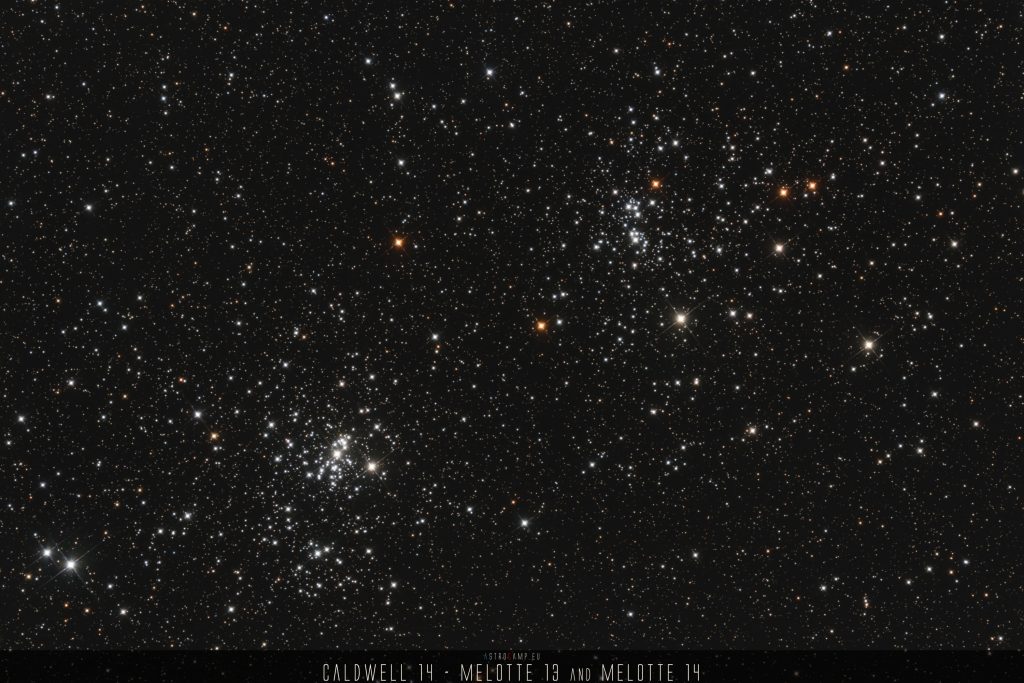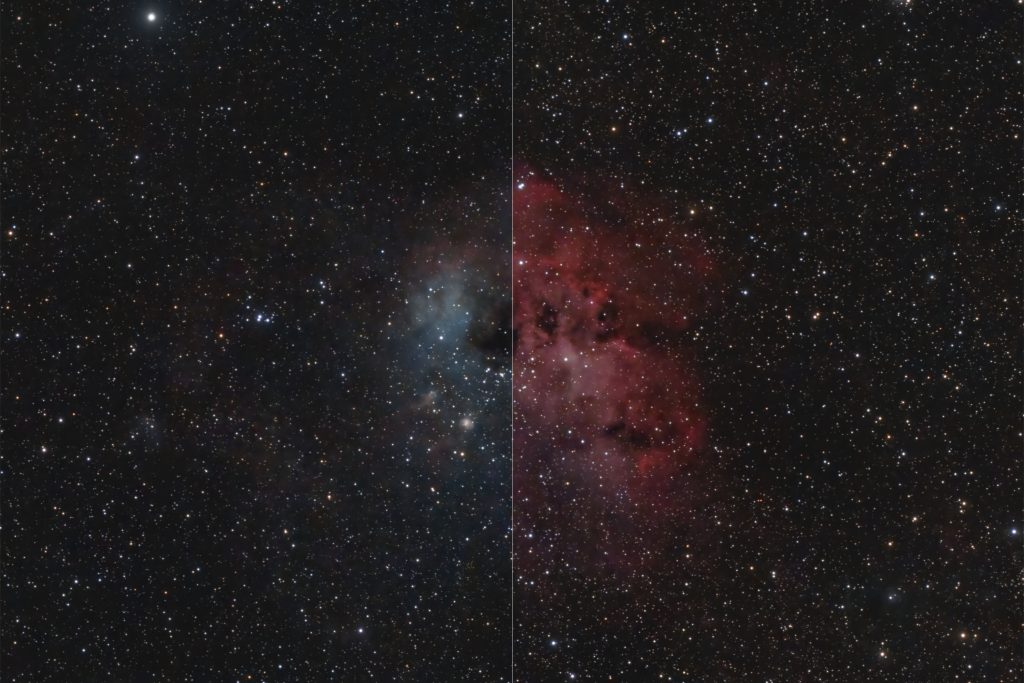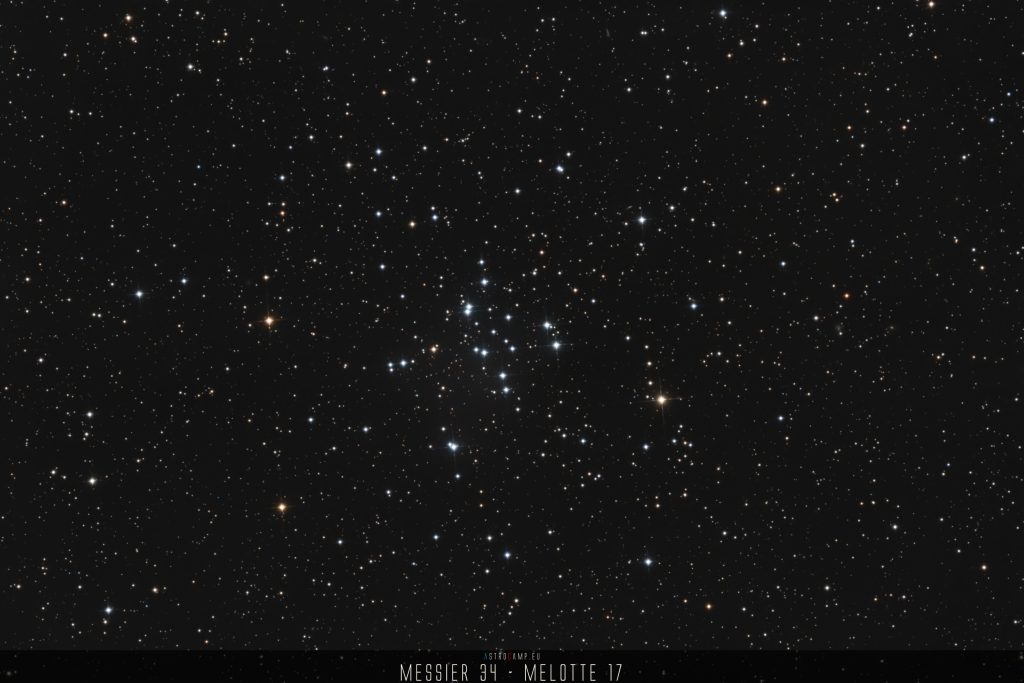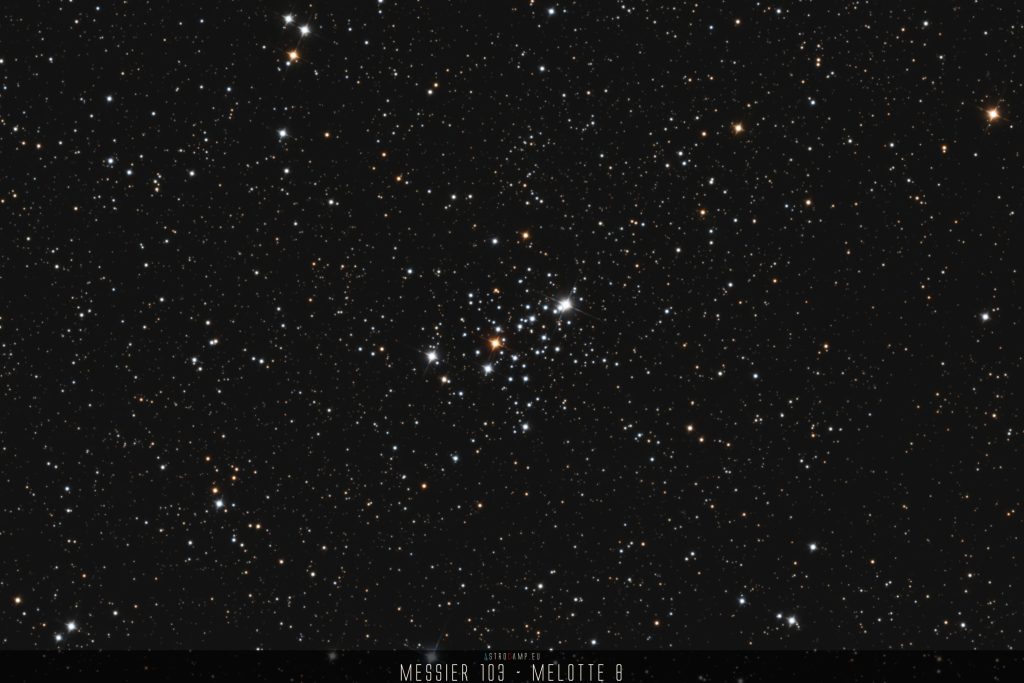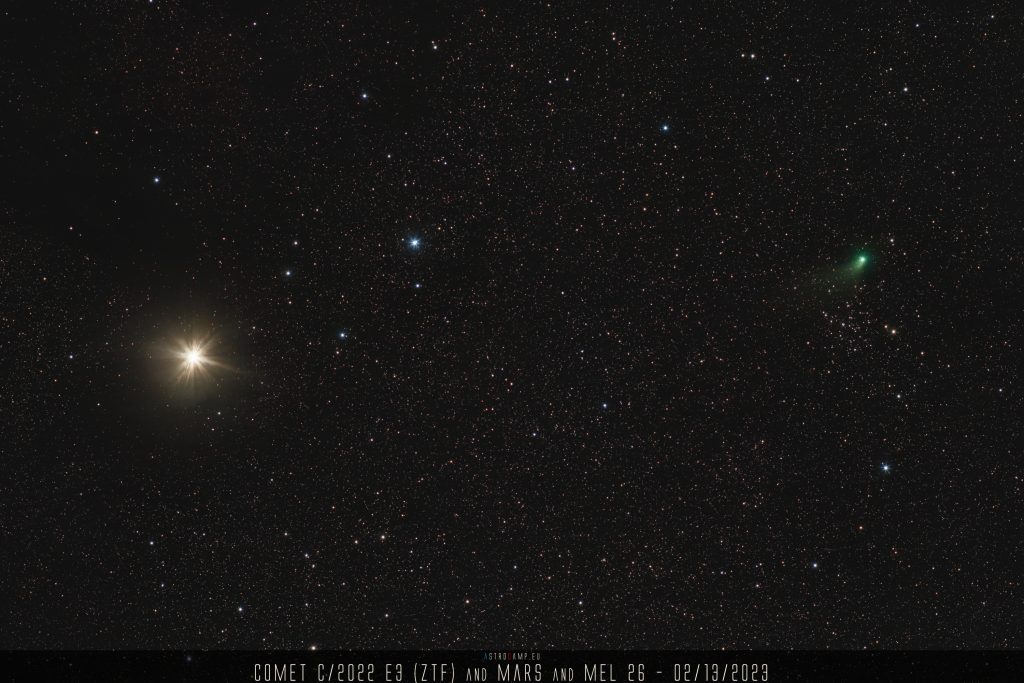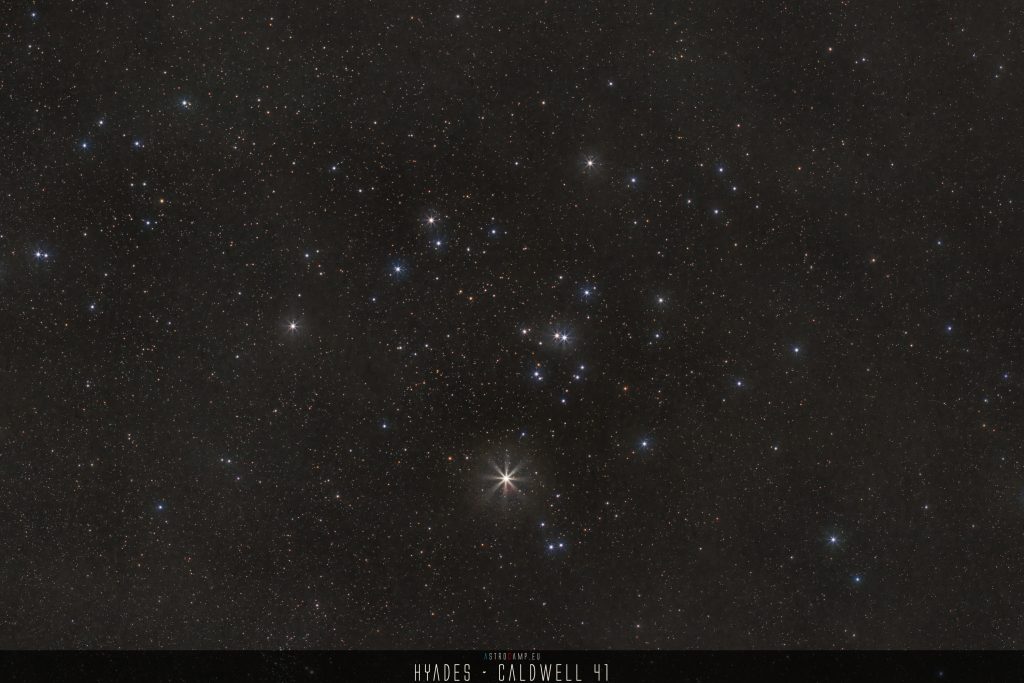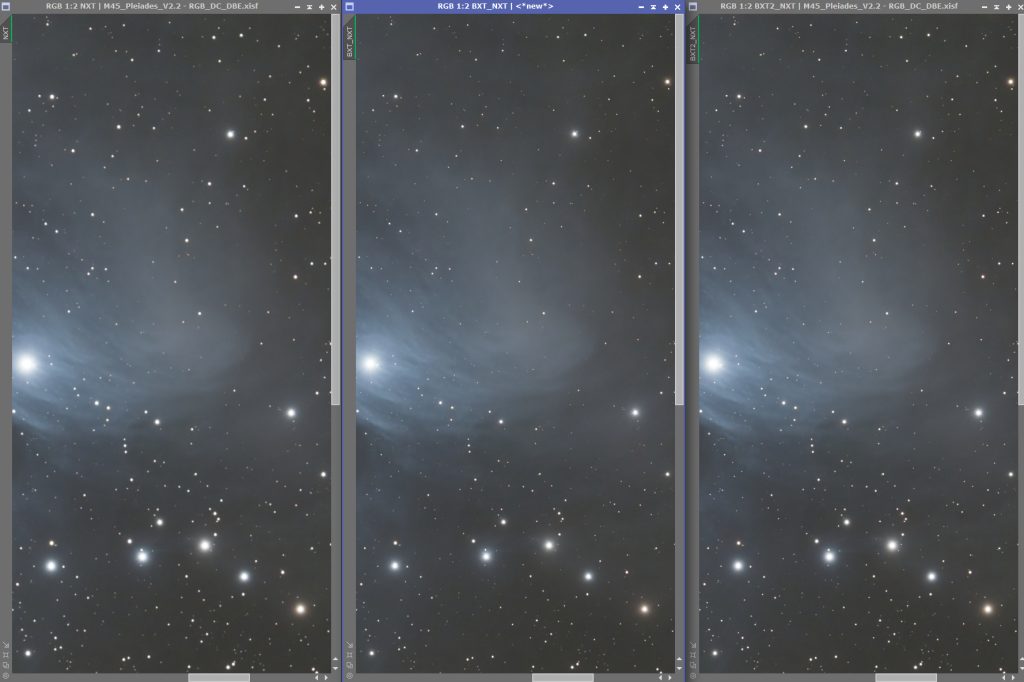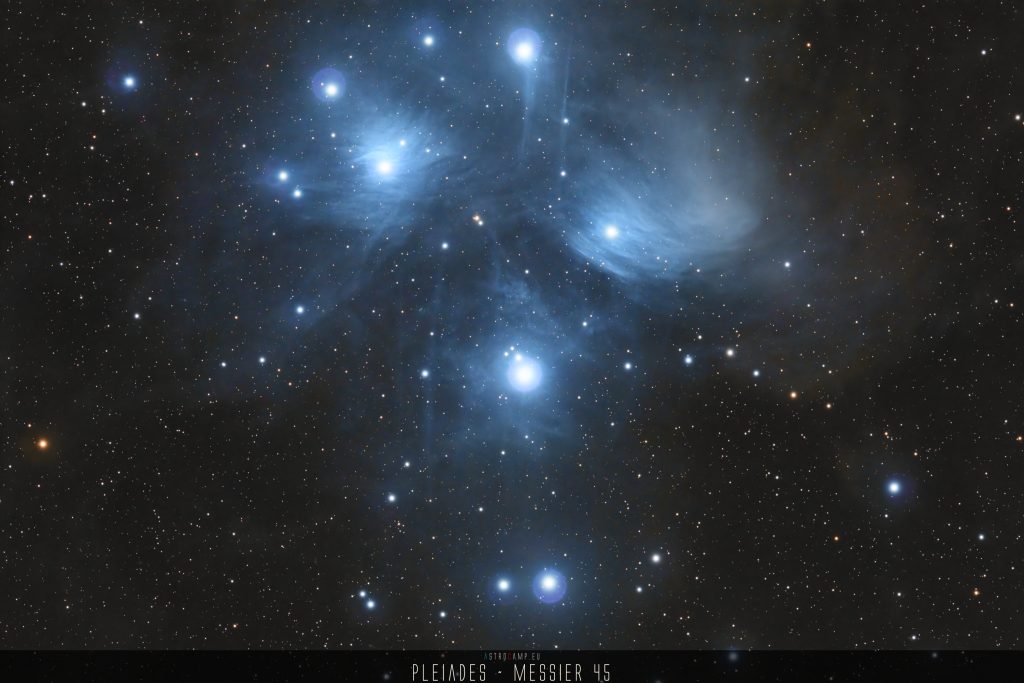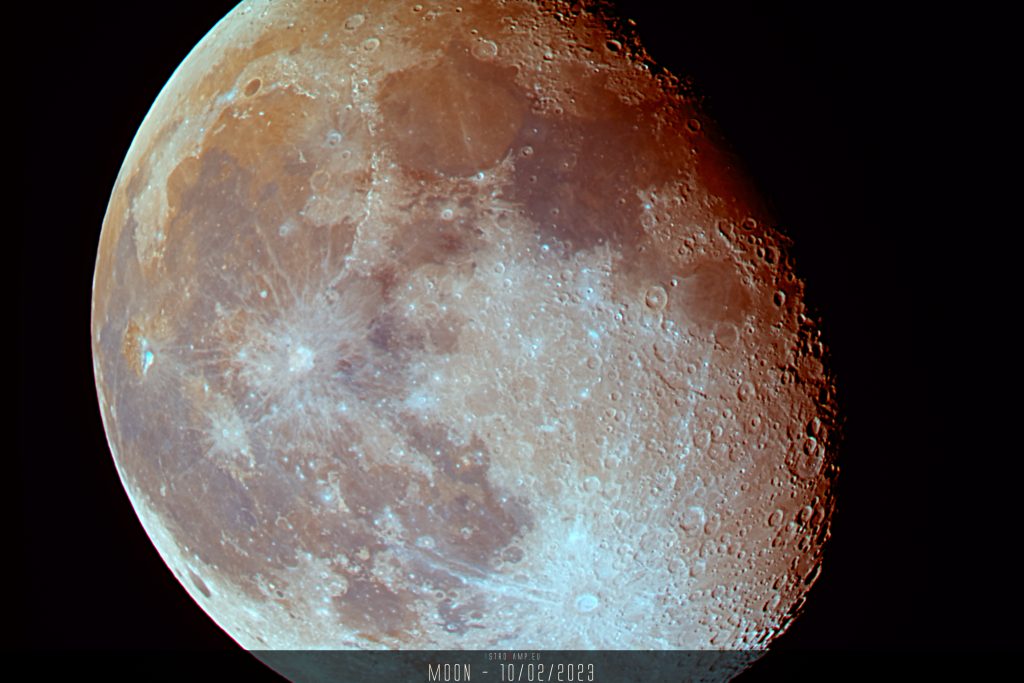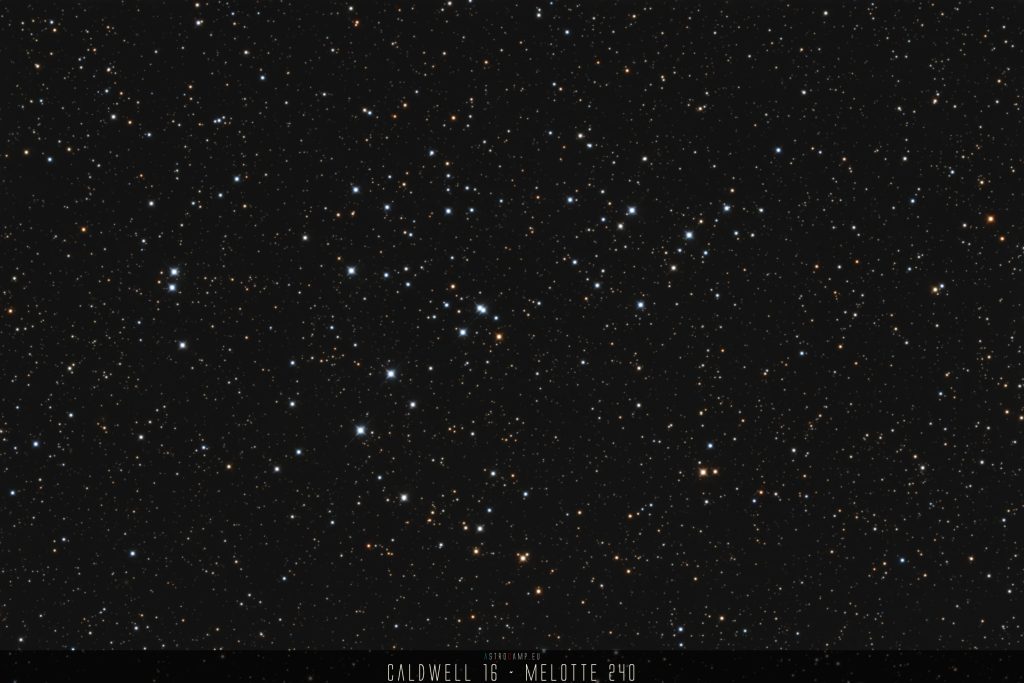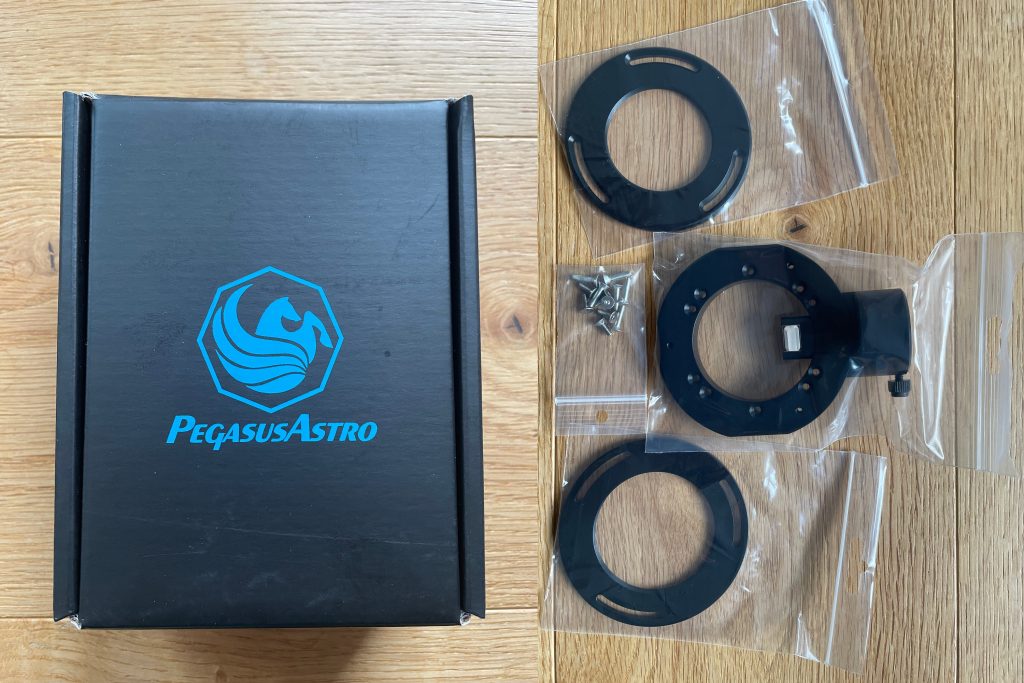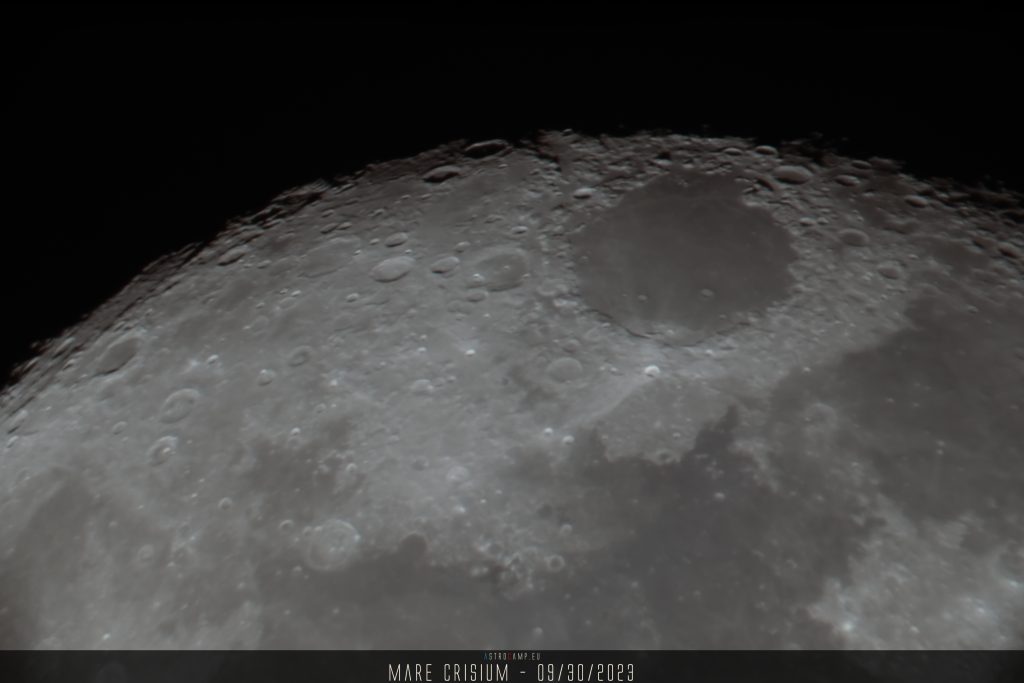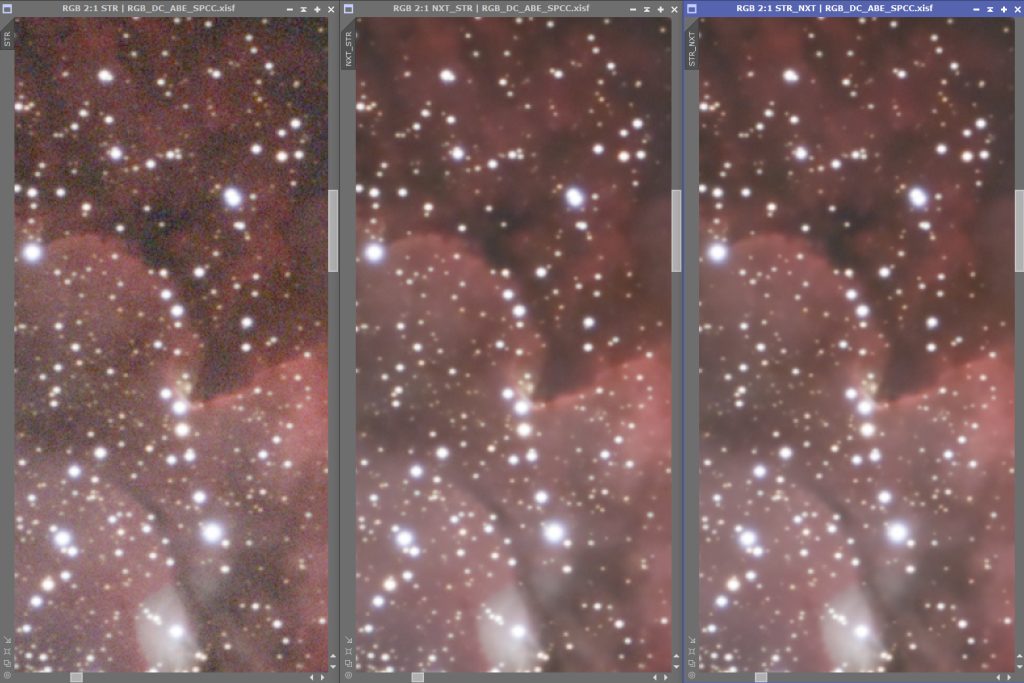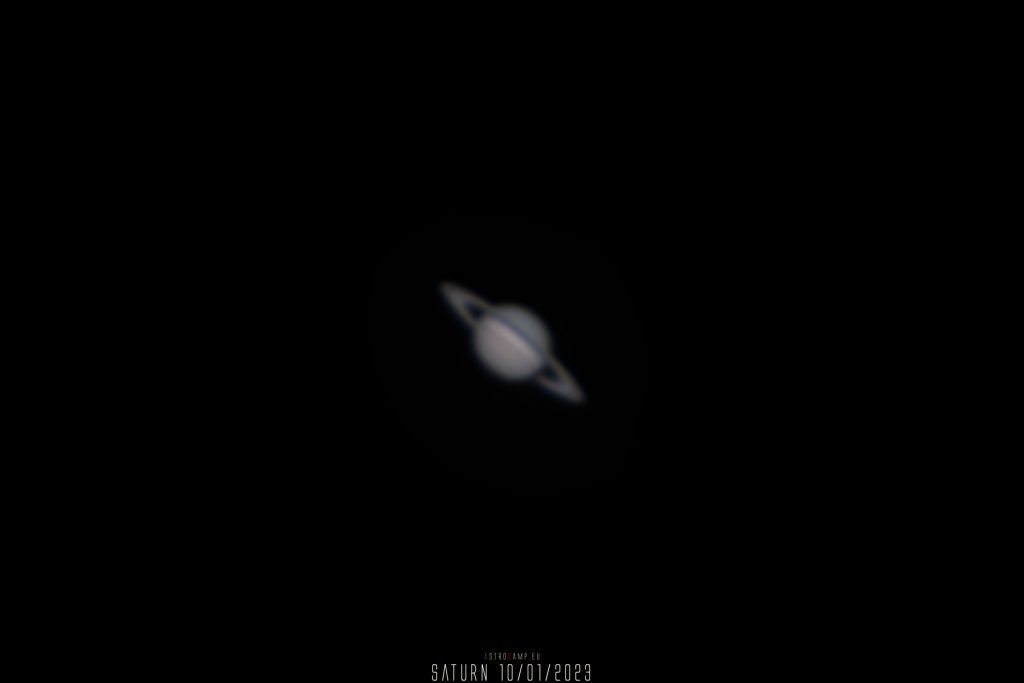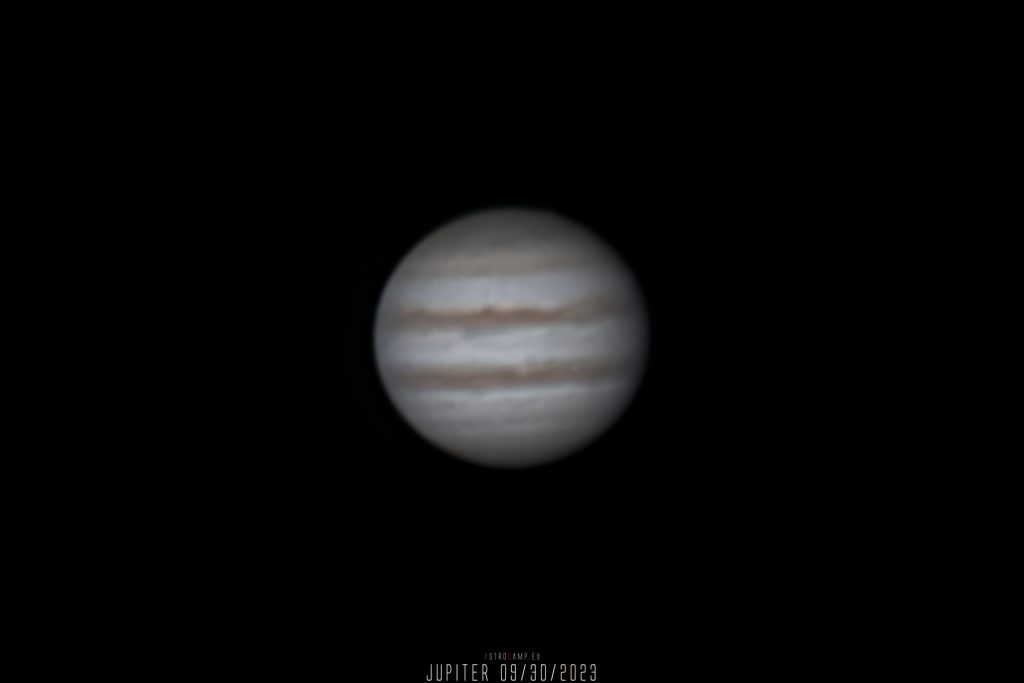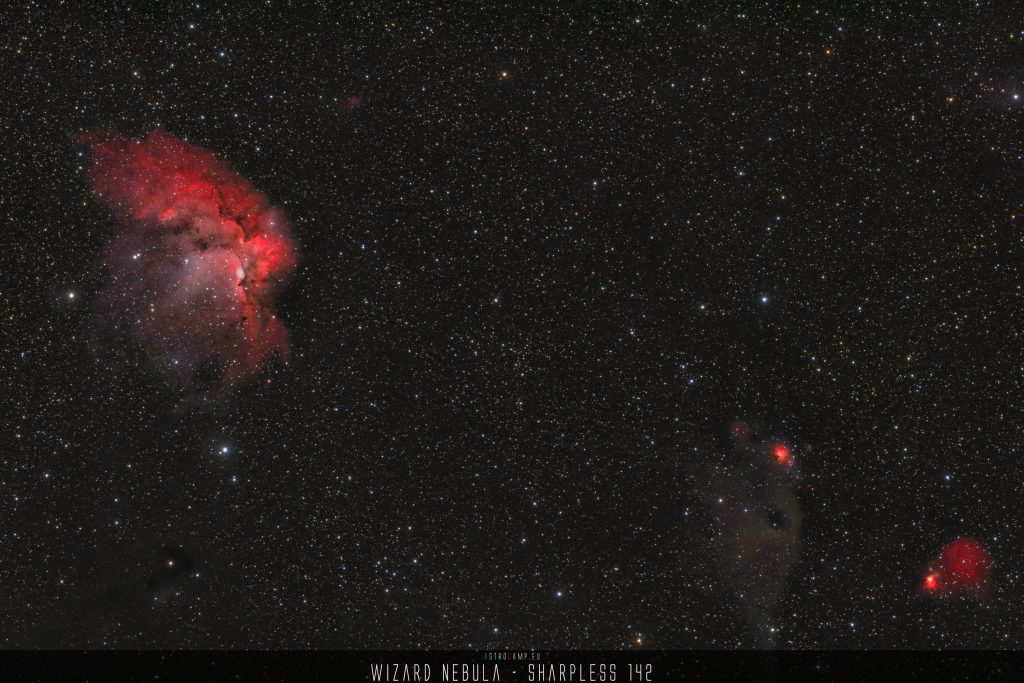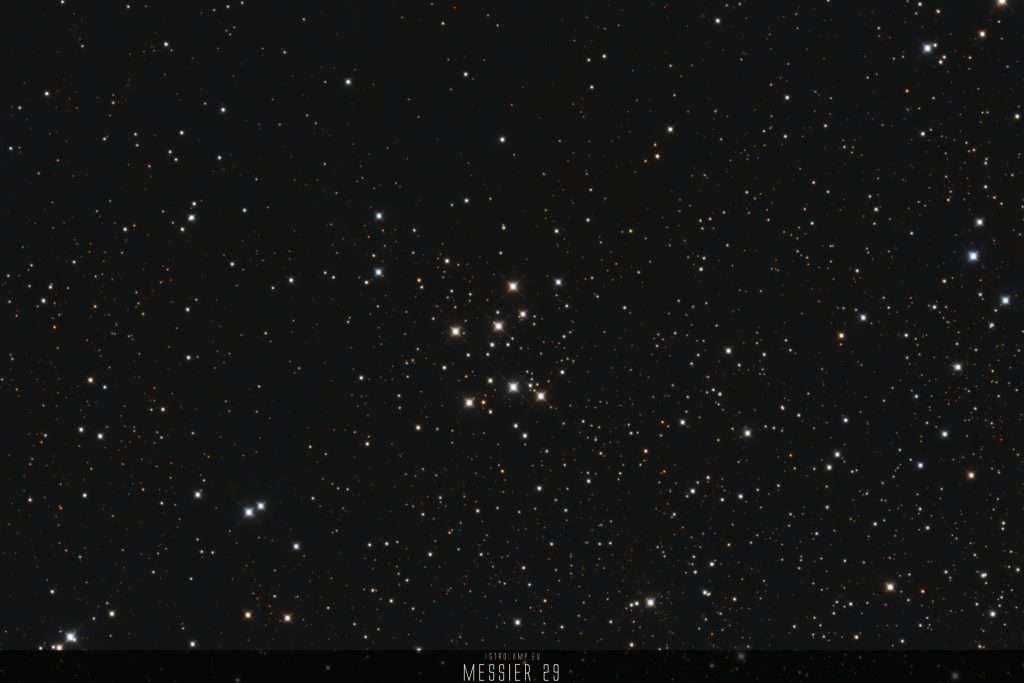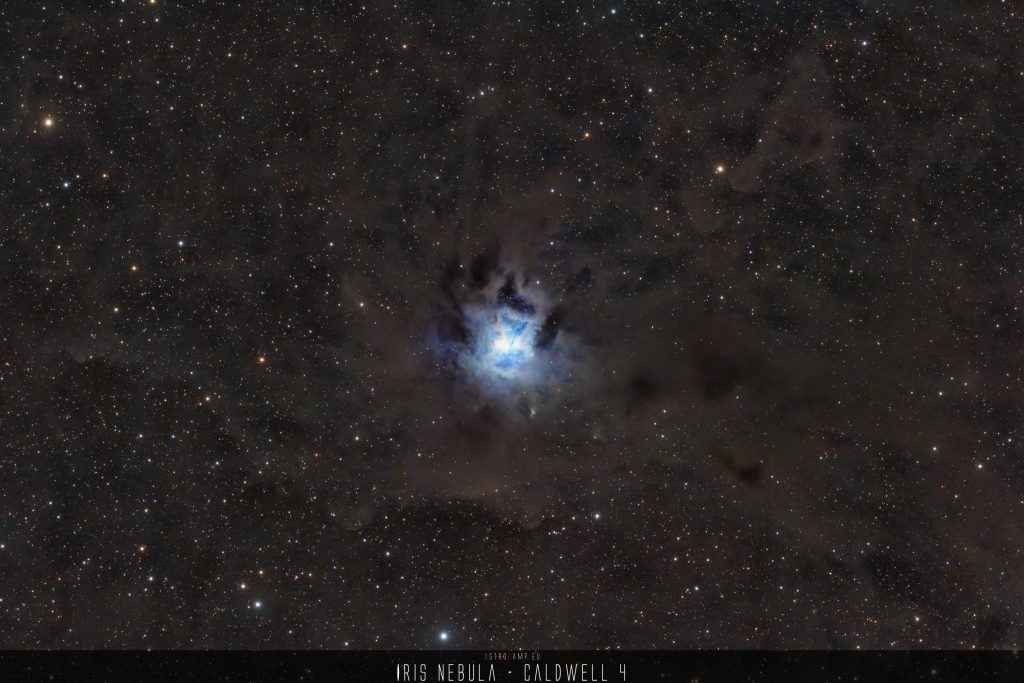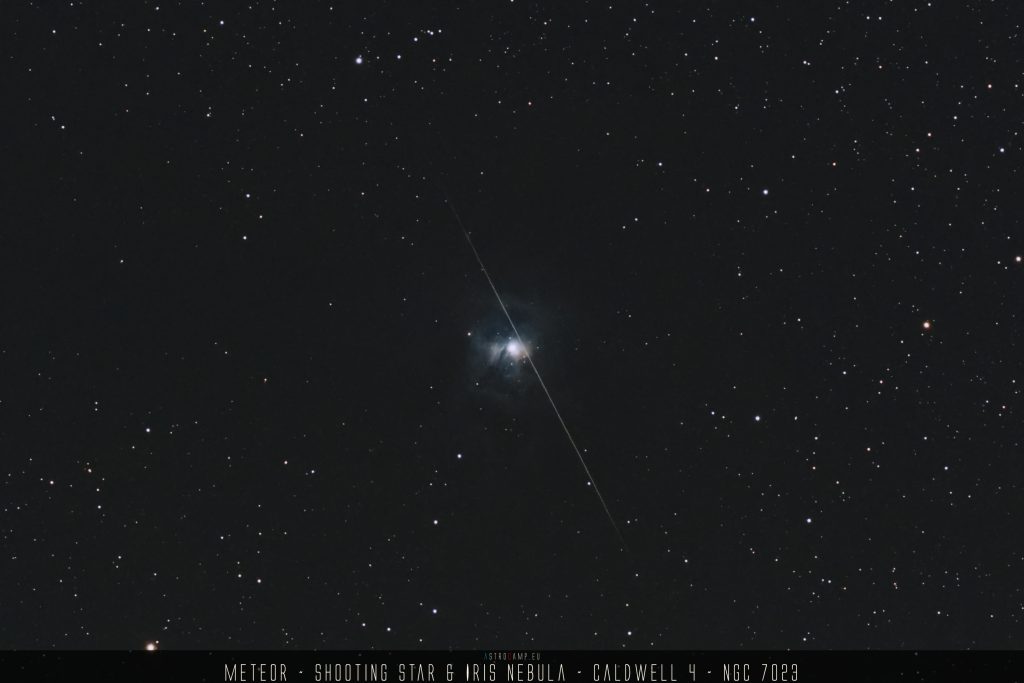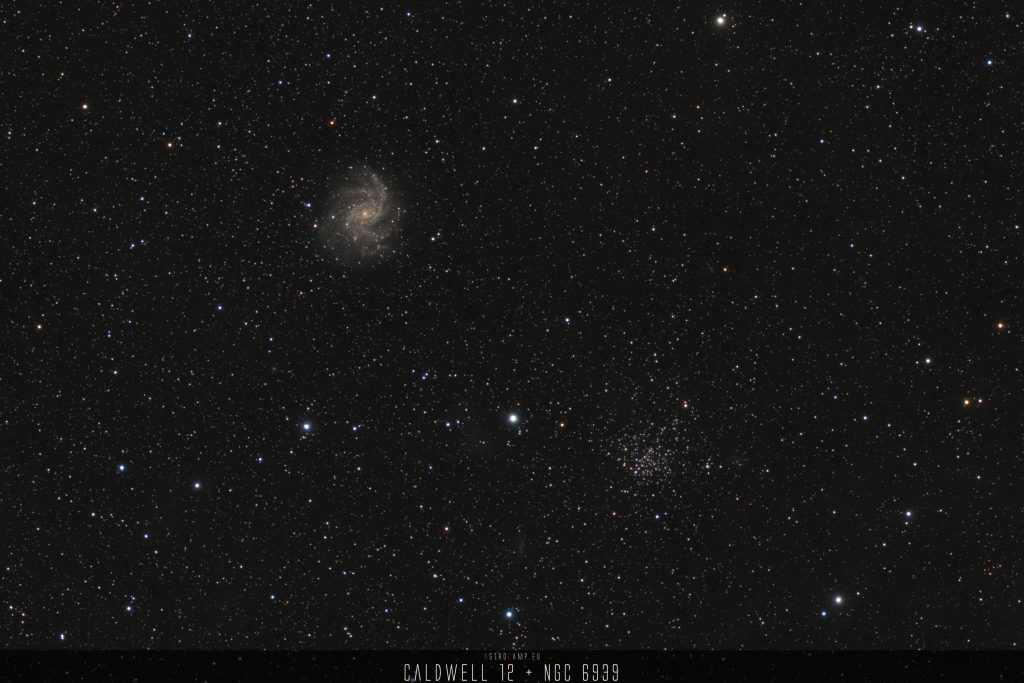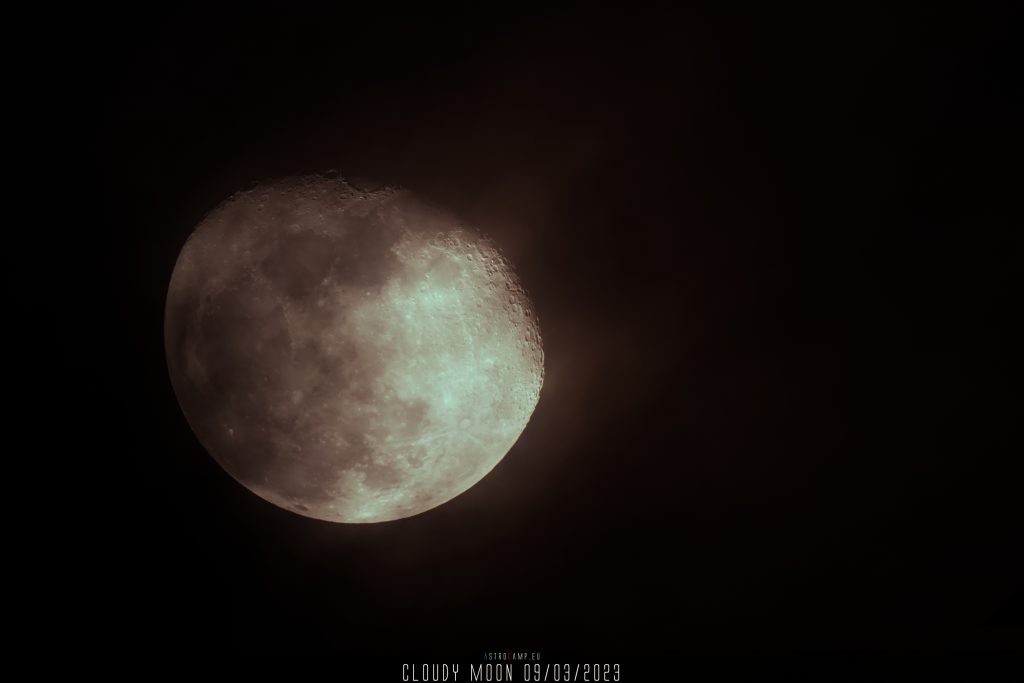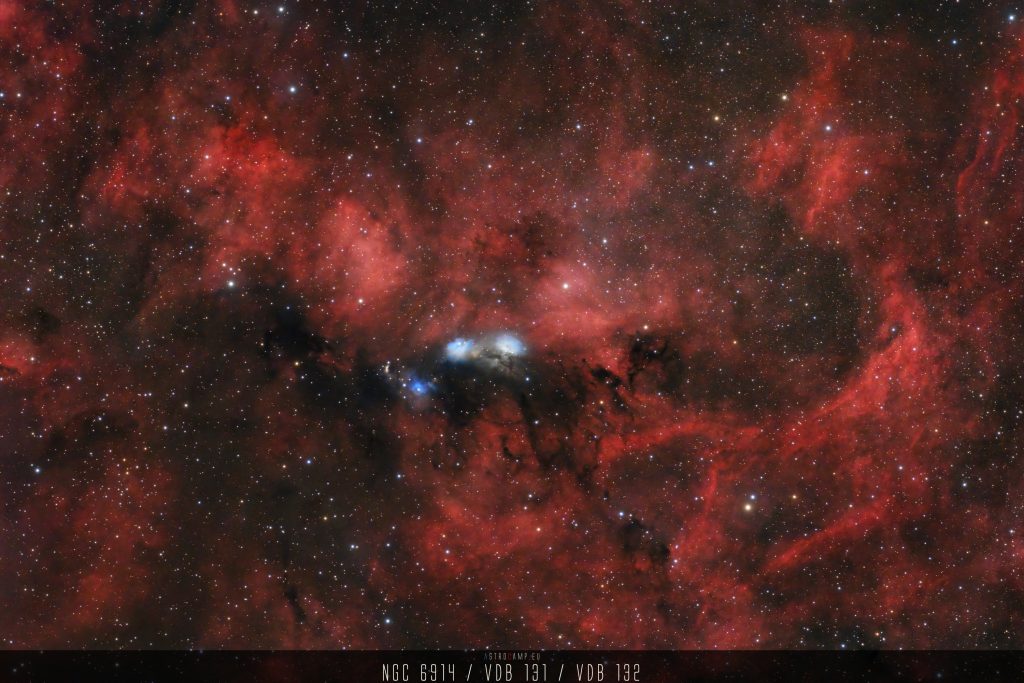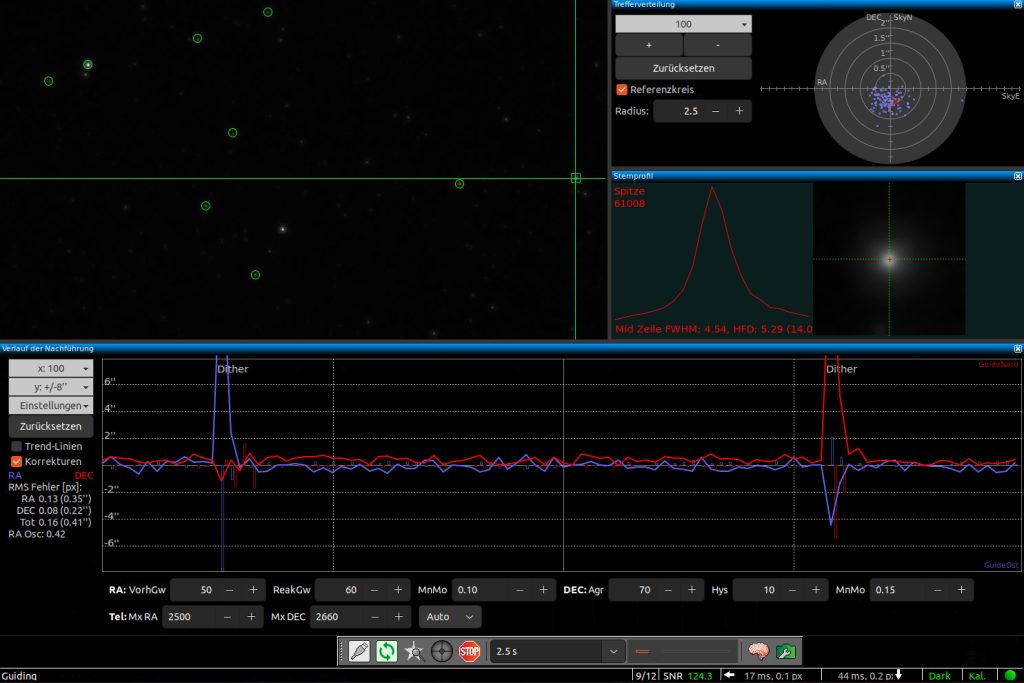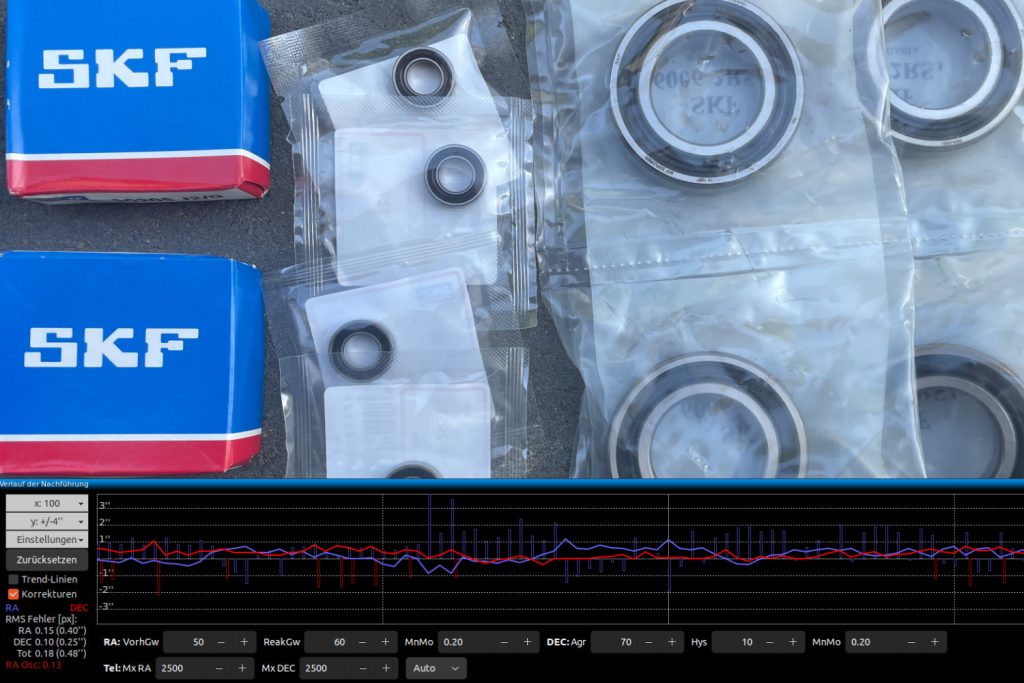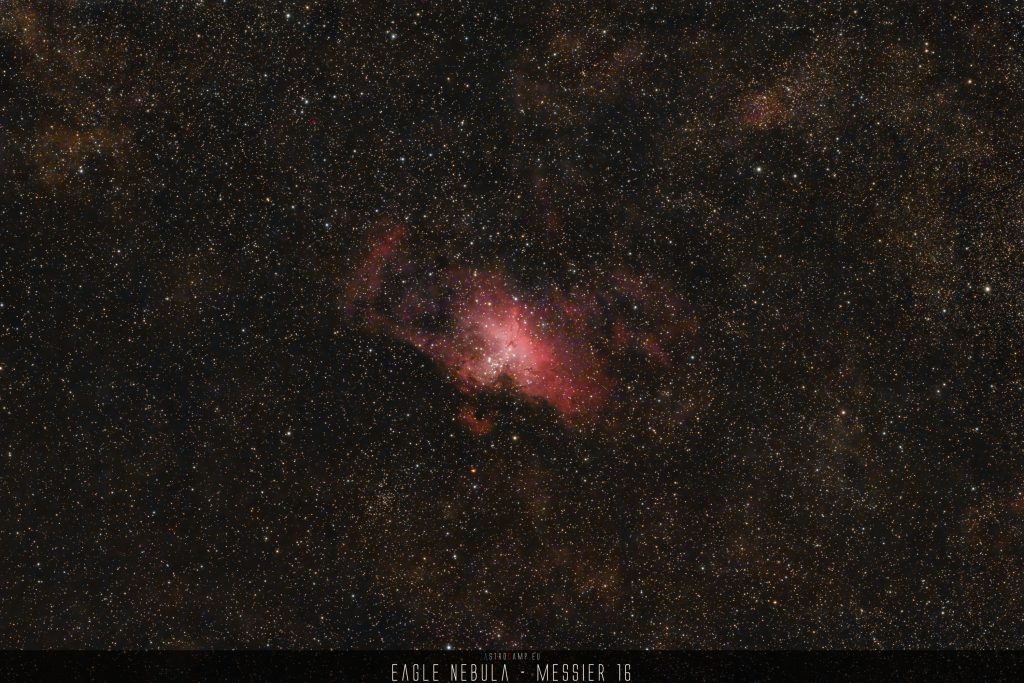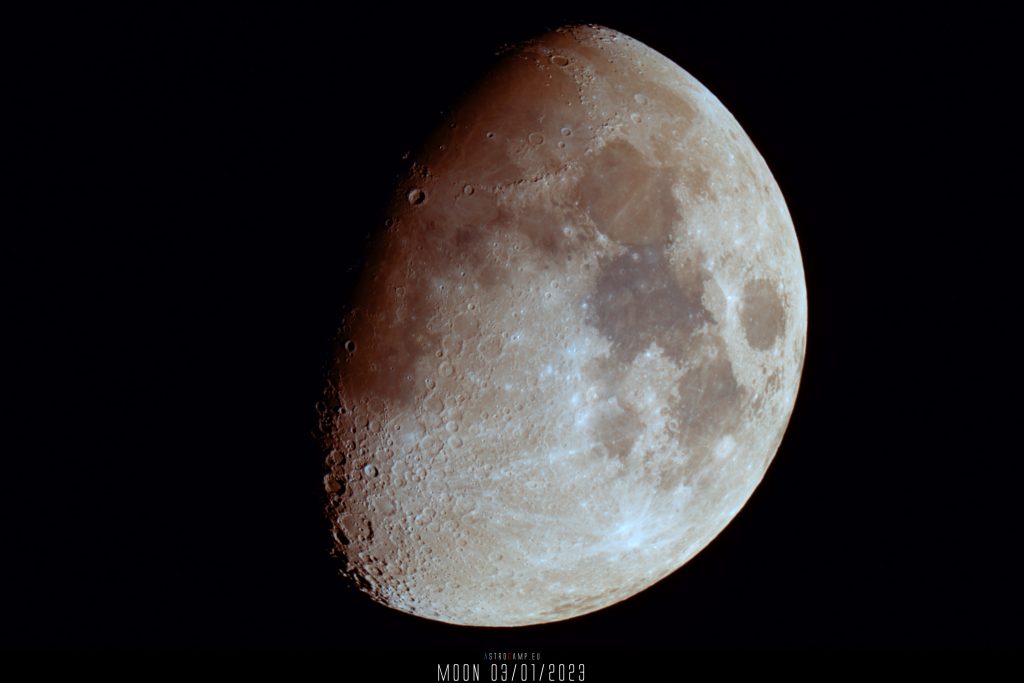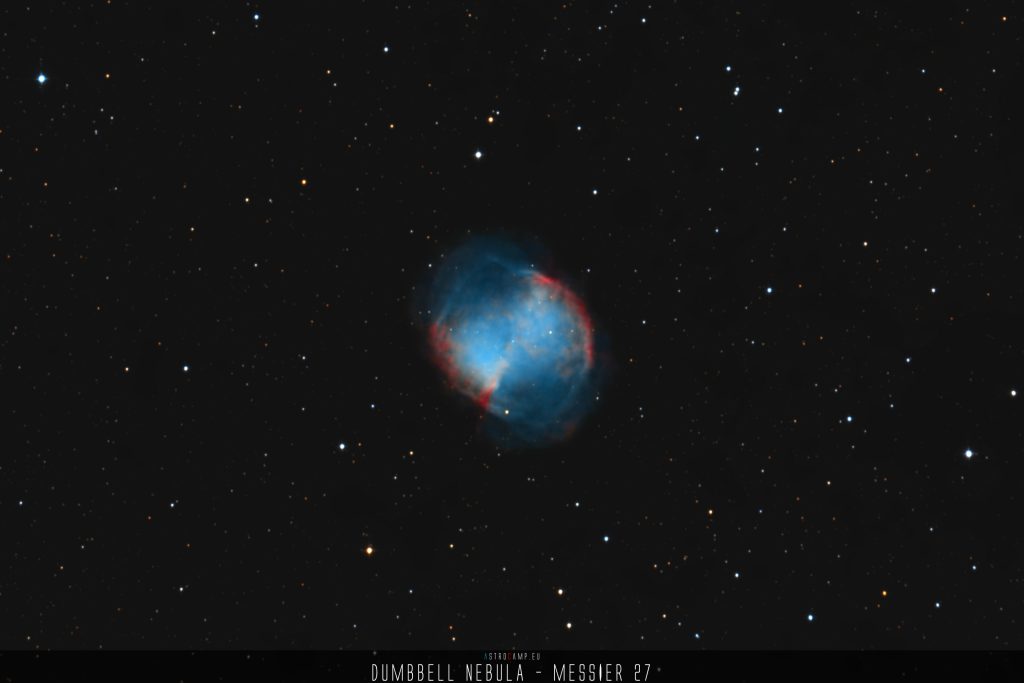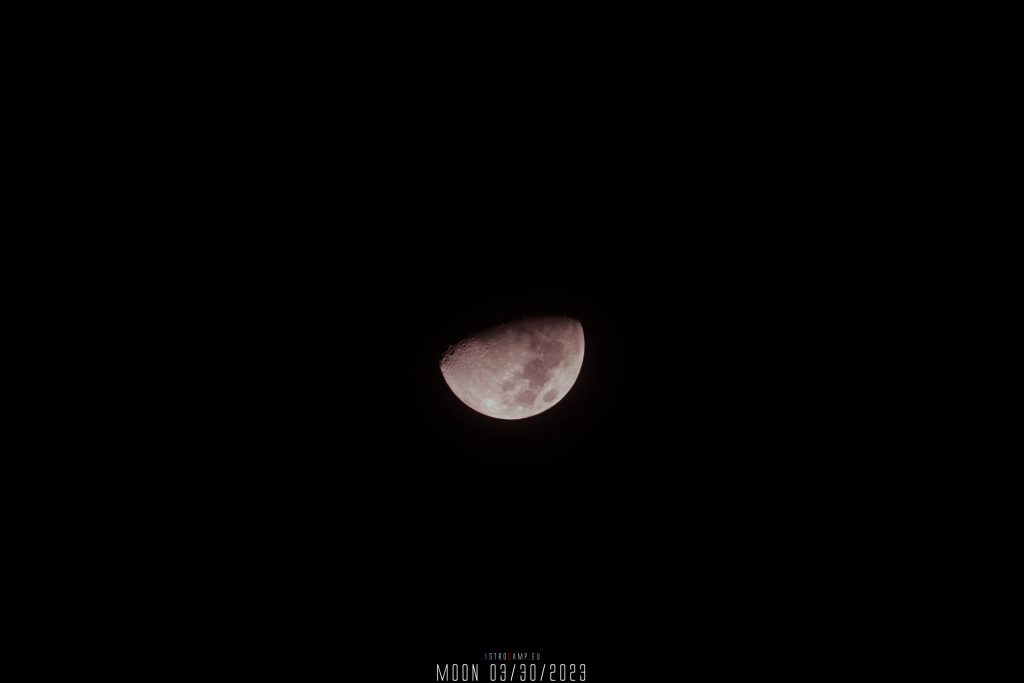The beauty of Messier 97 lies in its ethereal and captivating appearance. With its intricate structures and delicate hues, the Owl Nebula mesmerizes observers with its glowing greenish-blue outer shell, encircling a central core that resembles the piercing eyes of an owl. This celestial masterpiece showcases the wonders of the universe, evoking a sense of awe and wonder at the cosmic artistry that exists beyond our world.
Position and Region
Messier 97, also known as the Owl Nebula, is located in the northern hemisphere of the sky in the constellation Ursa Major (Great Bear). It resides near the celestial equator, making it visible from many observing locations. To locate the precise position of Messier 97, one can use the tail of the Big Dipper and draw an imaginary line towards the bright North Star. This region of the sky also hosts other notable celestial objects such as the Big Dipper, further enhancing the appeal of this area for amateur astronomers and stargazers.
Unique Facts
- Shape and Resemblance: Messier 97 derives its popular name, the Owl Nebula, from its remarkable resemblance to the eyes of an owl. The central core of the nebula, surrounded by a greenish-blue outer shell, creates an uncanny visual similarity to the piercing gaze of an owl.
- Planetary Nebula: Messier 97 is categorized as a planetary nebula, formed during the late stages of a Sun-like star’s life. As the star exhausts its nuclear fuel and sheds its outer layers, it creates a shell of ionized gas that emits radiation, giving rise to the luminous nebula we observe.
- Variable Central Star: At the heart of Messier 97 lies a variable star, known as a central star. This star experiences fluctuations in its brightness over time. The variations in luminosity provide valuable insights into the processes occurring within the dying star.
- Distance from Earth: Messier 97 is situated at an approximate distance of 2,600 light-years from Earth. This means that the light we currently observe from the nebula began its journey towards us 2,600 years ago, providing us with a glimpse into the past and the evolution of stars in our galaxy.
Brightness and size
The Owl Nebula, has a brightness magnitude of approximately 9.9, making it visible with binoculars or small telescopes. Its apparent size, or angular diameter, is around 3.4 arcminutes, which is equivalent to about one-tenth the apparent size of the Moon.
In terms of its physical size, the nebula spans approximately 8 light-years in diameter. This makes Messier 97 a relatively compact planetary nebula compared to some larger examples. However, its intricate structures and delicate features make it an intriguing object to observe and study.
The apparent size of Messier 97, as observed from Earth, may vary slightly depending on the observing equipment and atmospheric conditions. Nonetheless, its distinct shape and luminosity make it a captivating target for amateur astronomers and astrophotographers.
Names and numbers
- Owl Nebula – This common name refers to the nebula’s distinctive shape resembling the eyes of an owl.
- Messier 97 – This name originates from the Messier Catalog, compiled by Charles Messier.
- M97 – This is a shorthand notation frequently used to refer to Messier 97.
- NGC 3587 – The New General Catalogue (NGC) number for Messier 97, assigned by John Dreyer.

